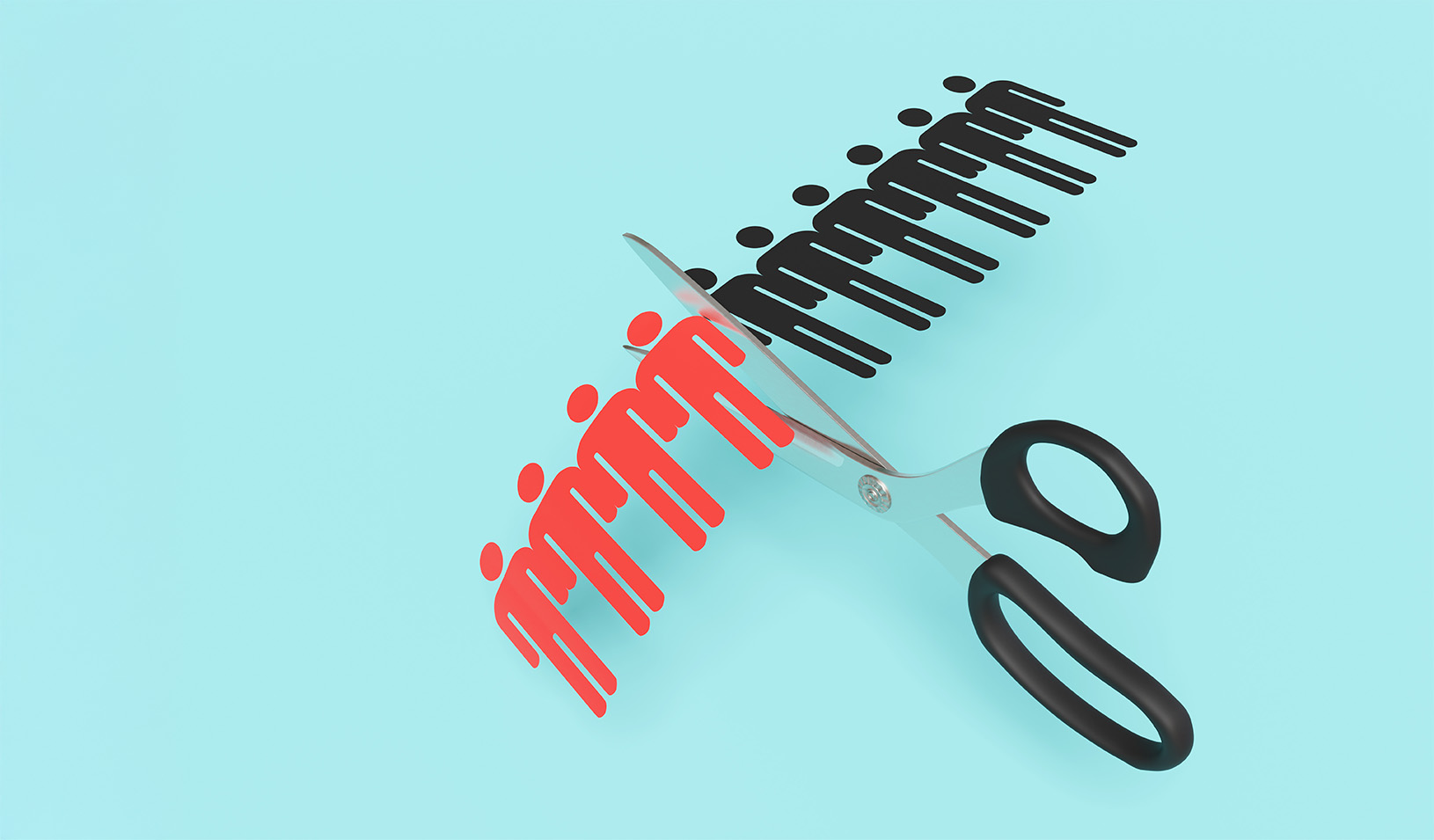The GOP nomination may appear no closer to being locked up, but David Brady is already looking to November. The general election, says Brady, the Bowen H. and Janice Arthur McCoy Professor of Political Science and Leadership Values at Stanford’s Graduate School of Business, is likely to swing toward Barack Obama, and GOP congressional candidates will probably lose more seats than they win, trimming their majority in the House. Senate Republicans will fare far better, he says, largely because most of the candidates up for reelection are Democrats. Republicans will likely take control of the Senate.
Where do Brady’s predictions come from? In a discussion with the Washington, D.C., chapter of the GSB Alumni Association, he explained that many models for predicting the outcome of an election, including most famously Yale Political Scientist Ray Fair’s, base their prediction on the economy. Fair’s model uses as its main variable the number of quarters of strong economic growth before an election. But Brady, who calls Fair’s thesis the “butter” model, has developed his own election predictor. Using data from polling firm YouGov, Brady takes into account income growth and war, or what he calls a “guns and butter” model.
“Essentially if we look at the data, and you can see what the economy is doing and the number of troops abroad, that can give you a pretty good idea of what will happen in the election,” Brady says.
Under both models, Republicans come into 2012 with an advantage, Brady says.
“On the basis of the economy alone, it’s a close election. The Republicans should do pretty well.”
The quality of the candidates matters, too. Similar models predicted Al Gore would win in 2000 but he lost because he ran a weak campaign, Brady argues. This time, Republicans redesigned their 2012 presidential nominating process to create a longer contest in hopes that the eventual nominee would be well tested and vetted for their battle with Obama. But the strategy may be backfiring as the presumptive but weak frontrunner, Mitt Romney, has been repeatedly overtaken. With a graph showing the approval ratings of the Republican candidates surging — first Michele Bachmann, then Rick Perry, then Herman Cain, then Newt Gingrich, and most recently Rick Santorum — Brady pointed out how Romney’s own support has steadily declined.
“This is Rick Perry, the Senator Fred Thompson of 2012,” Brady said as he pointed to a green line on a graph that rose in an impressive slope and then collapsed as if over a cliff. Then he traced Herman Cain’s rise and fall followed by Gingrich. “Oops, now it’s Santorum on top, Romney down, Gingrich falling.”
The more voters see the pattern, the less they like Romney, Brady’s polling shows. That means, if Brady’s right and Romney wins the nomination, the election in the fall will be between a weakened Romney and a vulnerable Obama, who’s got to deal with a weak economy and the conflict in Afghanistan. Brady’s model shows the election right now too close to call. With voters about evenly divided between Democrats and Republicans, it will be the independents in the few tossup states that will decide the election.
One key challenge for predicting the 2012 election is figuring out who is truly independent. Brady says that throughout most of the 20th century, the electorate strongly identified with one party or the other. That changed in the early 1980s, when Ronald Reagan was elected. The number of Republicans and Democrats fell to about a third of the electorate each, with the other third declaring themselves independent. Most of those independents, however, lean one way or the other, and those who lean Democrat outnumber those who lean Republican by about four percentage points.
Using data from 2004-2012, Brady found that voters call themselves independent when in reality they are switching parties. “People use independent as a halfway house,” he explained. “If, over your lifetime, you change from Democrat to Republican or Republican to Democrat, you don’t just jump, you move through the independent area.”
Only about 10% of those who say they are independent would truly vote either way in a given election. And those independent votes matter only in states where the race is close, and either candidate has a shot at winning. There are 14 battleground states, according to Brady’s analysis. And two are likely to be decisive.
One state to watch: North Carolina, a traditionally Republican state that went for Obama in 2008 by the thinnest of margins — only 14,177 votes — making him the first Democrat to carry the state since Jimmy Carter in 1976. About a million African Americans voted in North Carolina in 2008, but since then they have registered to vote in huge numbers. As of this year there are 2.7 million registered black voters in North Carolina, more than twice the number that voted in 2008. If these voters come out for Obama again, it could secure the state for him.
Another state to watch is Virginia. Obama was the first Democrat to win Virginia since Lyndon Johnson carried the state in 1964, reflecting the state’s glide into blue territory with the surge in population in the Washington, D.C., suburbs and in Richmond. However, a year after Obama’s victory there, Republican Bob McDonnell won the governor’s race with an 18-point margin. And Romney was polling ahead of Obama in the fall.
“They have lately been Republican but both are getting more Democratic,” Brady said of both states, which between them have 28 electoral votes.
So after months of campaigning and millions of dollars, the 2012 election is likely to come down to North Carolina and Virginia — and how the electorate there feels about America’s relationship to guns and butter.
For media inquiries, visit the Newsroom.






